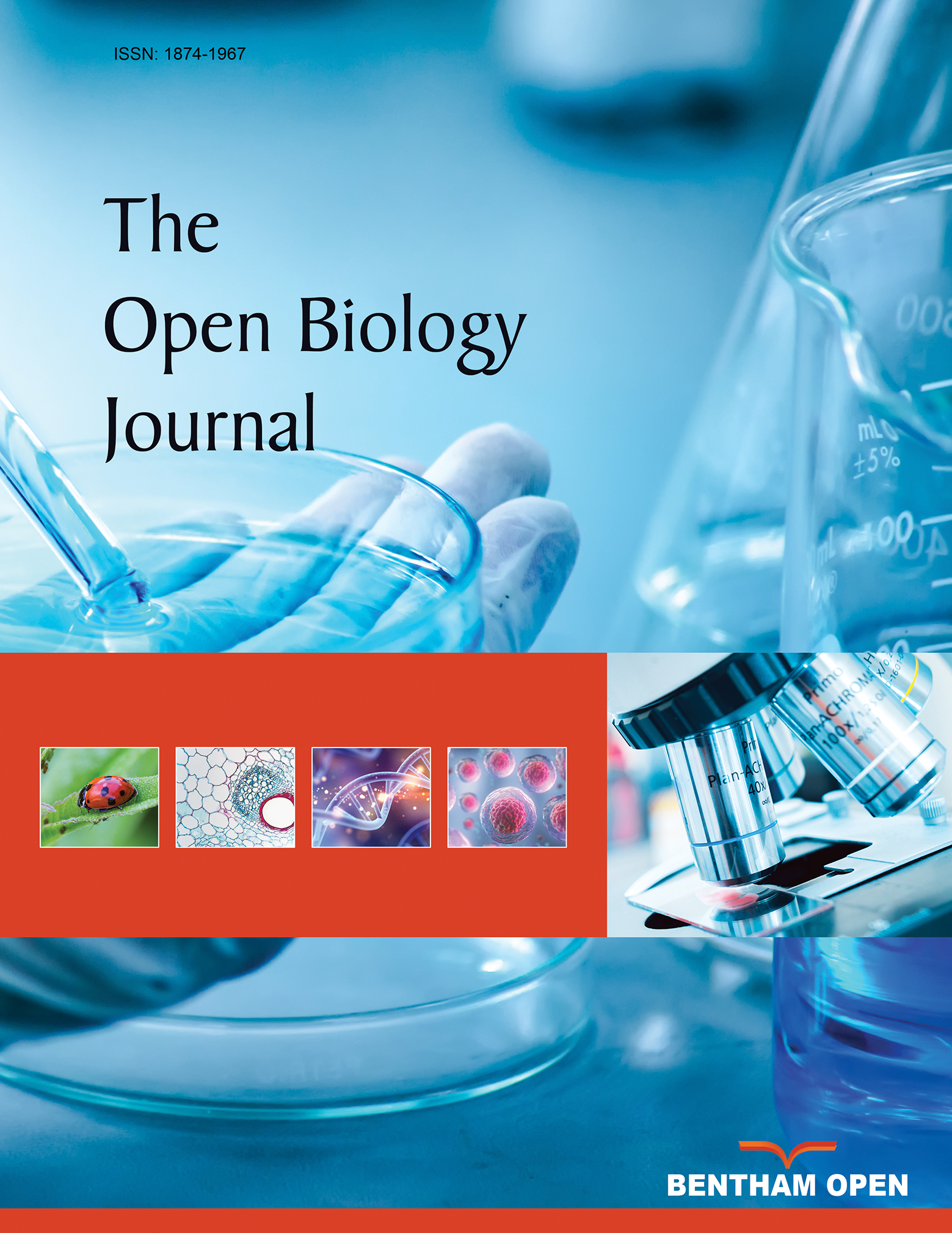All published articles of this journal are available on ScienceDirect.
Insights into the Structure of Amyloid Fibrils
Abstract
Various proteins and peptides are able to self assemble into amyloid fibrils that are associated with disease. Structural characterisation of these fibres is limited by their insoluble and heterogeneous nature. However, advances in various techniques including X-ray diffraction, cryo-electron microscopy and solid state NMR have provided detailed information on various amyloid fibrils, from the long range order and macromolecular structure to the atomic interactions that promote assembly and stabilise the amyloid core. The cross-β model has been widely accepted as a generic structure for most amyloid fibrils and is discussed in detail. It is clear, however, that polymorphisms are present, even in fibrils formed from the same precursor protein, and that these may represent differences in packing at a molecular level. To fully understand the roles of particular residues in amyloid formation and structure, short peptides can be used in conjunction with mutagenesis studies to assess their effects. The structural insights gained using a combination of techniques to study both full-length, disease related peptides and short fragments are essential if progress is to be made towards understanding why these fibres form and how to prevent their formation.


